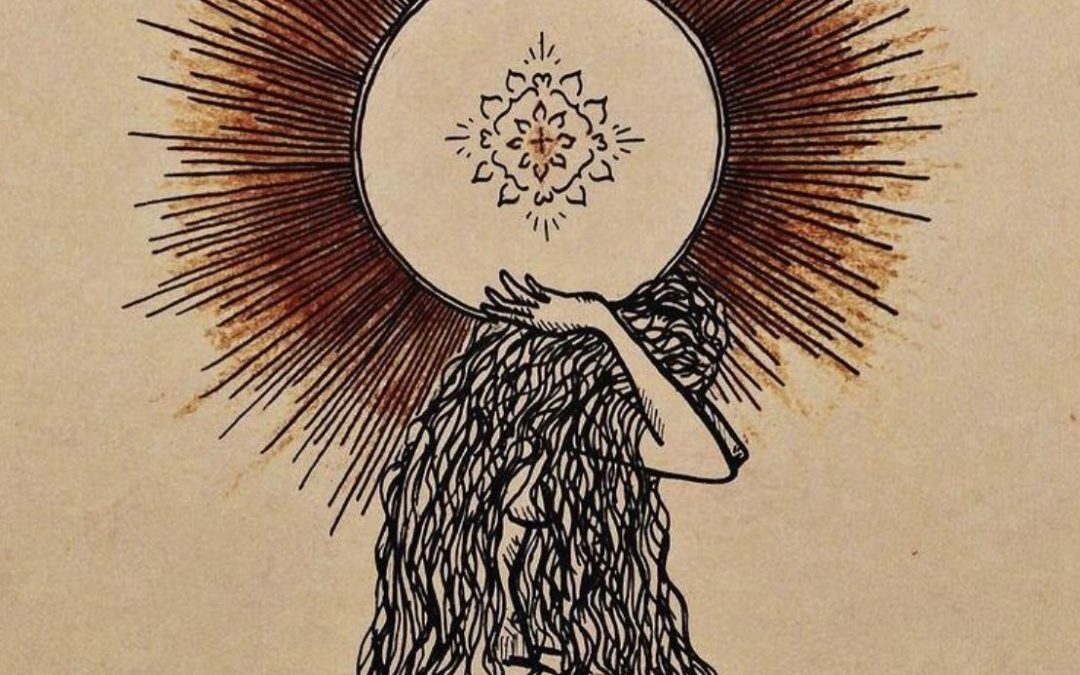Throughout time, people have believed the sun to be a deity, capable of endowing life to the earth and all living things inhabiting earth. Found all over tribal Africa, but especially dominant in the Egyptian times, the early sun deities were female, but later transitioned to a falcon-headed Gd named Re, whose worship occurred in open air solar temples. In the Middle Kingdom, the deity/king Osiris replaced Re.
The Egyptian Osiris mythology closely resembles the Christian cycle of Jesus’s birth and life. Aligned with the pagan celebration of the winter solstice, on the 25th of December, Jesus, and Osiris’s birthdate. This belief coincides with the earth’s cycle around the sun, in which the 21st – 25th of December, the darkest days of the year, and the sun returning on the 25th and regenerating its force.
On the other side of the world, the yogis of India worship the sun through postures called a sun salutation, dedicated to the deity Surya. Each posture, or asana, is supported by a different mantra, designed to align the waking body with the sun. Opening with standing posture, Tadasana, the yogi can hold in mind, ‘ॐ मित्राय नमः Oṃ Mitrāya Namaḥ’, meaning, ‘affectionate to all’, to awaken their empathy through the union of posture and breath and perhaps sound.
In China and Japan, our lifeforce energy is called chi, or ki, and prana in Indian yoga subsects called kundalini. Our bodies’ life force is made from subatomic particles that come, as everything does, from the formation of the sun, and is constantly nourished by the effect of the sun’s power on earth. The subatomic particles form a field of energy that can be affected also by different forms of meditation, like sun-gazing.
Sun-gazing is an Ayurveda practice, in which during the first 45 minutes of the sunrise, the sun does not harm the eyes. Practitioners gaze into the sun with slitted eyes, or indirectly, receiving the benefit to their mind and body. The gaze is intended to be an active open-eyed meditation, in which the sun is activating neurochemicals to release, allowing more love and understanding into the body.




